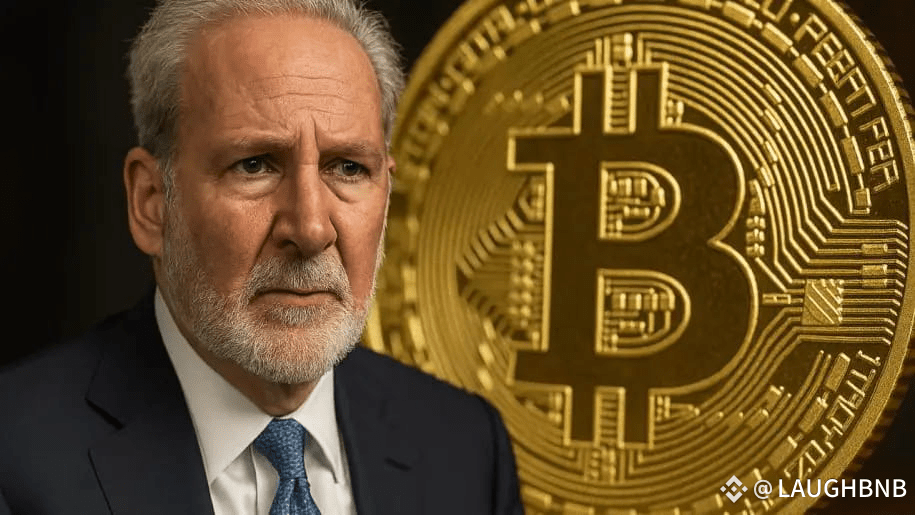
Bitcoin briefly broke above $122,000 earlier this week, marking one of its strongest rallies of the year, but the excitement was short-lived.
As of today, the leading cryptocurrency is trading near $118,900 after a swift retracement, leaving traders debating whether another push toward record highs is on the horizon.
For many in the market, the recent jump was another sign that momentum remains firmly on Bitcoin’s side. For long-time critic Peter Schiff, however, it’s just another chapter in what he calls a dangerous bubble. Schiff dismissed the surge as nothing more than a wave of speculators piling into what he still considers the “largest investment scam in history.”
While bullish analysts argue that a clean break above $125,000 could trigger a new all-time high, Schiff’s skepticism taps into a deeper concern — that Bitcoin’s rise has less to do with real-world adoption and more with the speculative fervor driving institutional inflows, ETF demand, and corporate balance sheet bets.
Some market watchers warn that this cycle is fundamentally different from previous ones. With public companies holding large Bitcoin reserves and exchange-traded products attracting billions in inflows, the asset is more intertwined with traditional markets than ever.
This interconnectedness could magnify risks if sentiment turns. A major sell-off in a “Bitcoin proxy” stock, for instance, could spark a chain reaction — falling share prices, reduced corporate buying, and an accelerated drop in BTC.
For now, traders are watching whether support levels in the $115,000–$116,000 range hold firm. But as Schiff’s latest remarks remind the market, the bigger question may not be whether Bitcoin can climb higher, but what happens to the growing ecosystem of companies and funds built around it if the tide turns.
